
Comparing anyone to Justin Bieber is a risky endeavor. It exposes one to the wrath of the Beliebers, who clutch their Bieber-emblazoned iPhone cases ready to Tweet angrily at those who dare suggest their idol is anything but peerless. It also risks offending the subject of comparison, who may not deem the singer’s company desirable.
But we feel we are on safe ground in this comparison. Bieber is not the first Canadian teen idol to make teenage hearts the world over skip a beat. Anyone would do well to learn the name Paul Anka.
Though he rose to fame half a century before Bieber’s shaggy mop-top cropped up on YouTube, Anka was, like Bieber, a young talent who came of age amidst the admiration of adoring fans. As a 1960 LIFE profile titled “Paul Anka, Kids’ Wonder Singer” put it, the 19-year-old had “the look of a small boy trying to become a grownup.” To demonstrate this point, the article described a shopping trip in New York during which Anka purchased a platinum watch from Tiffany’s before buying a haul of toys from F.A.O. Schwartz.
Anka was born in Ottawa in 1941 to parents of Syrian and Lebanese descent. He told LIFE that the Arabic music that flowed through his home was one of his earliest musical influences. After performing with friends around town, he began playing country clubs at 14, recorded a few singles and got increasing play on Canadian radio. When a local disc jockey called his father to tell him, “your boy Paul is too big for Canada,” they went to New York to launch a full-scale operation on the American front.
Anka’s music—which featured his smooth voice, backed by violins, singing about puppy love and goodnight kisses—was “admired by teen-agers but almost unknown to oldtimers over 20.” And his young fans’ appetite for it was voracious. “The girls threw their panties on the stage,” Anka told LIFE of one 1958 show. For a show in Japan, 2,000 fans spent a day standing outside in a typhoon waiting to buy standing room only tickets.
But the life of a teen idol can be surprisingly lonely, and Anka, who wrote his own music, occasionally worked these darker feelings into his songs. He later explained that his hit “Lonely Boy” stemmed from the isolation of traveling amidst a sea of adoring fans whom he never got close to. Similarly, “Put Your Head On My Shoulder” was inspired by looking out at a sea of teens canoodling at his concerts and then going to his hotel room to eat dinner alone.
The transition from teen heartthrob to adult entertainer is rarely seamless, and it proved difficult for Anka. Though he began performing in adult clubs like the Copacabana, this led to a drop-off in interest from teens, which was not fully replaced by adult record sales. A writer and composer above all, Anka was able to fall back on these skills as his bread and butter when the girls stopped throwing their panties. He penned tunes for Buddy Holly and Connie Francis, and later co-wrote Michael Jackson’s “This Is It,” released after Jackson’s death.
Anka’s career—his most recent album was released in 2013 and he’s currently on tour at age 73—proves that there is life after teen idoldom, even if it takes a slightly different form. Beliebers, take note.
Liz Ronk, who edited this gallery, is the Photo Editor for LIFE.com. Follow her on Twitter at @LizabethRonk.
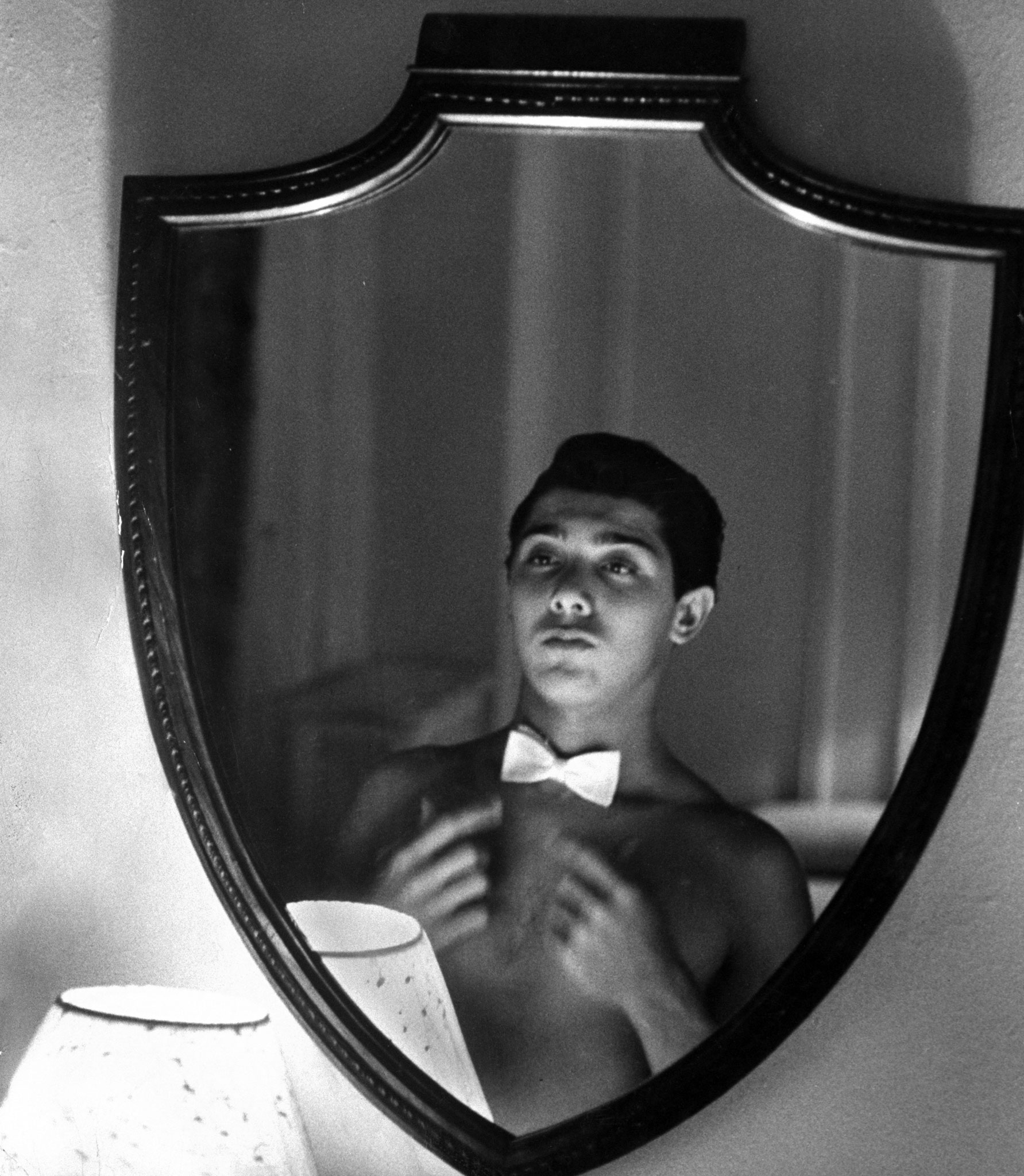




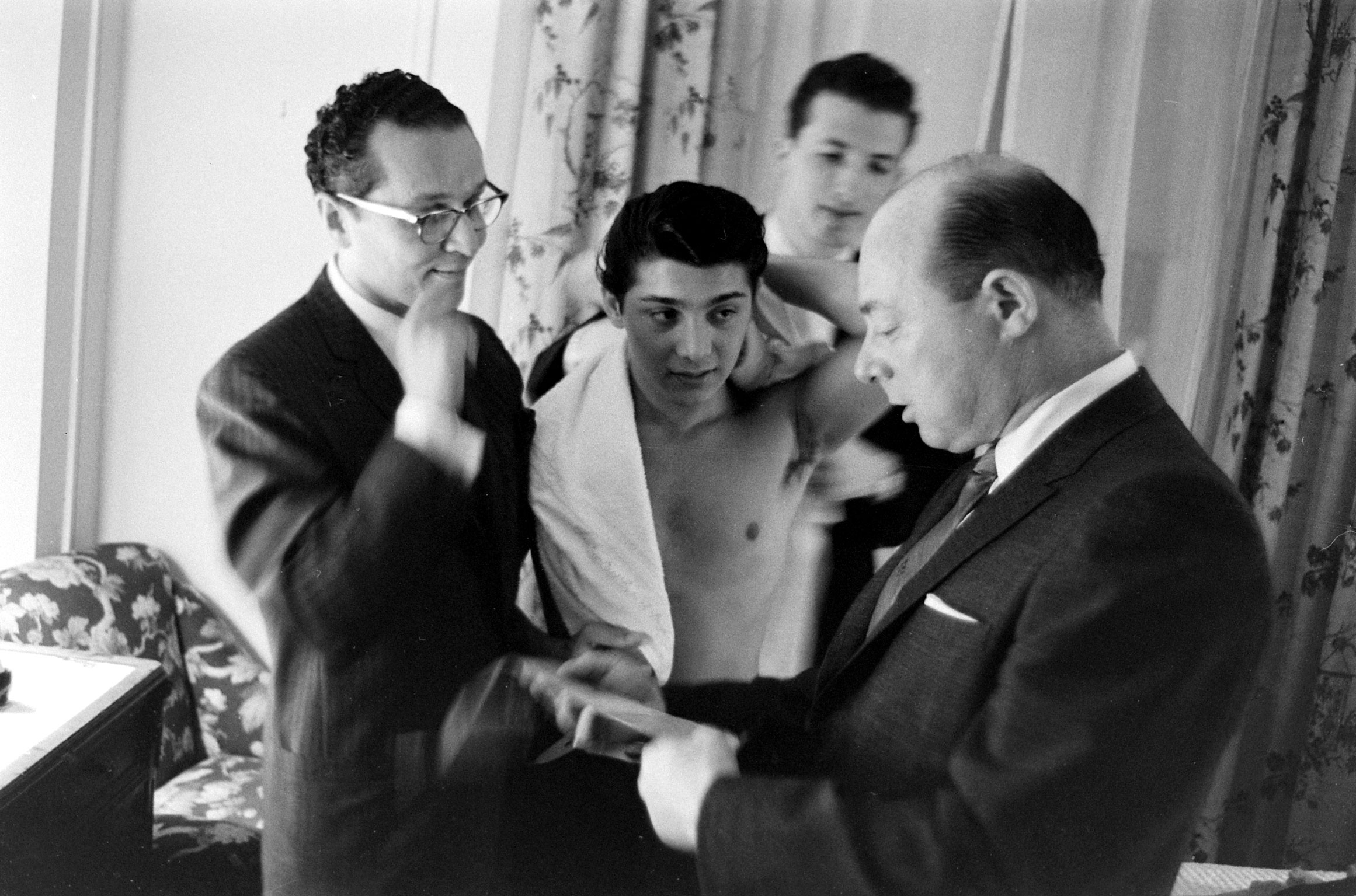

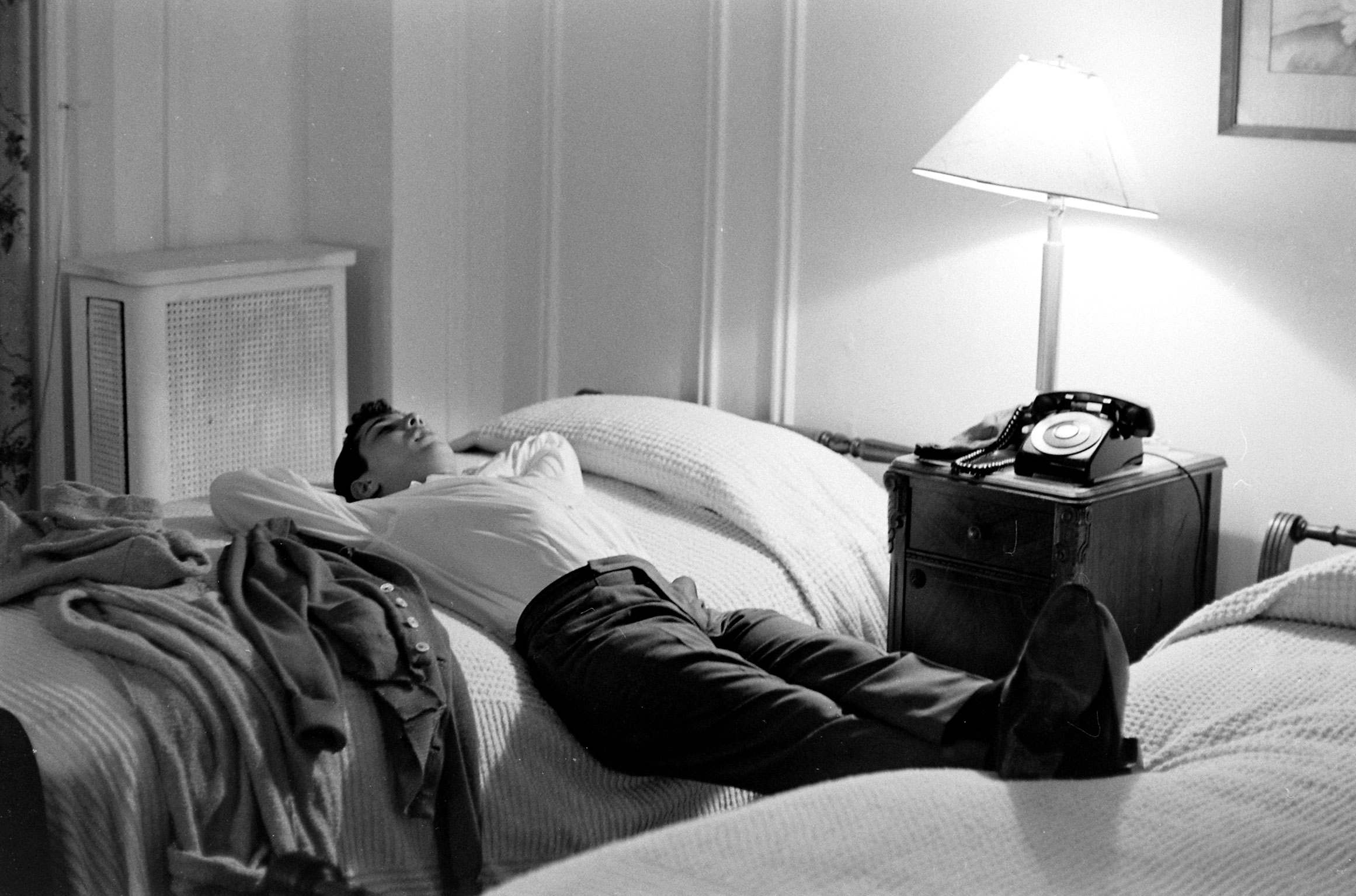
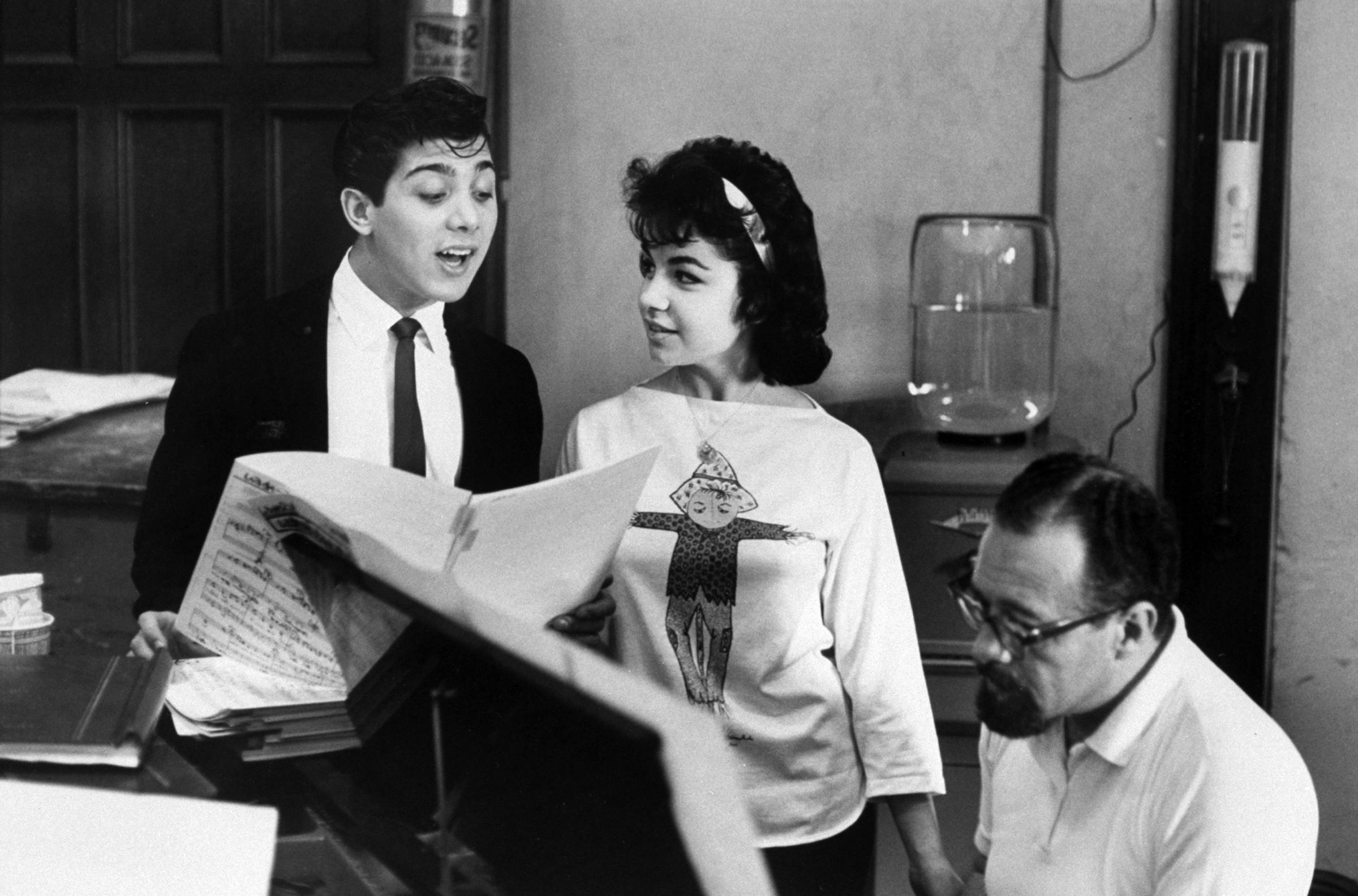

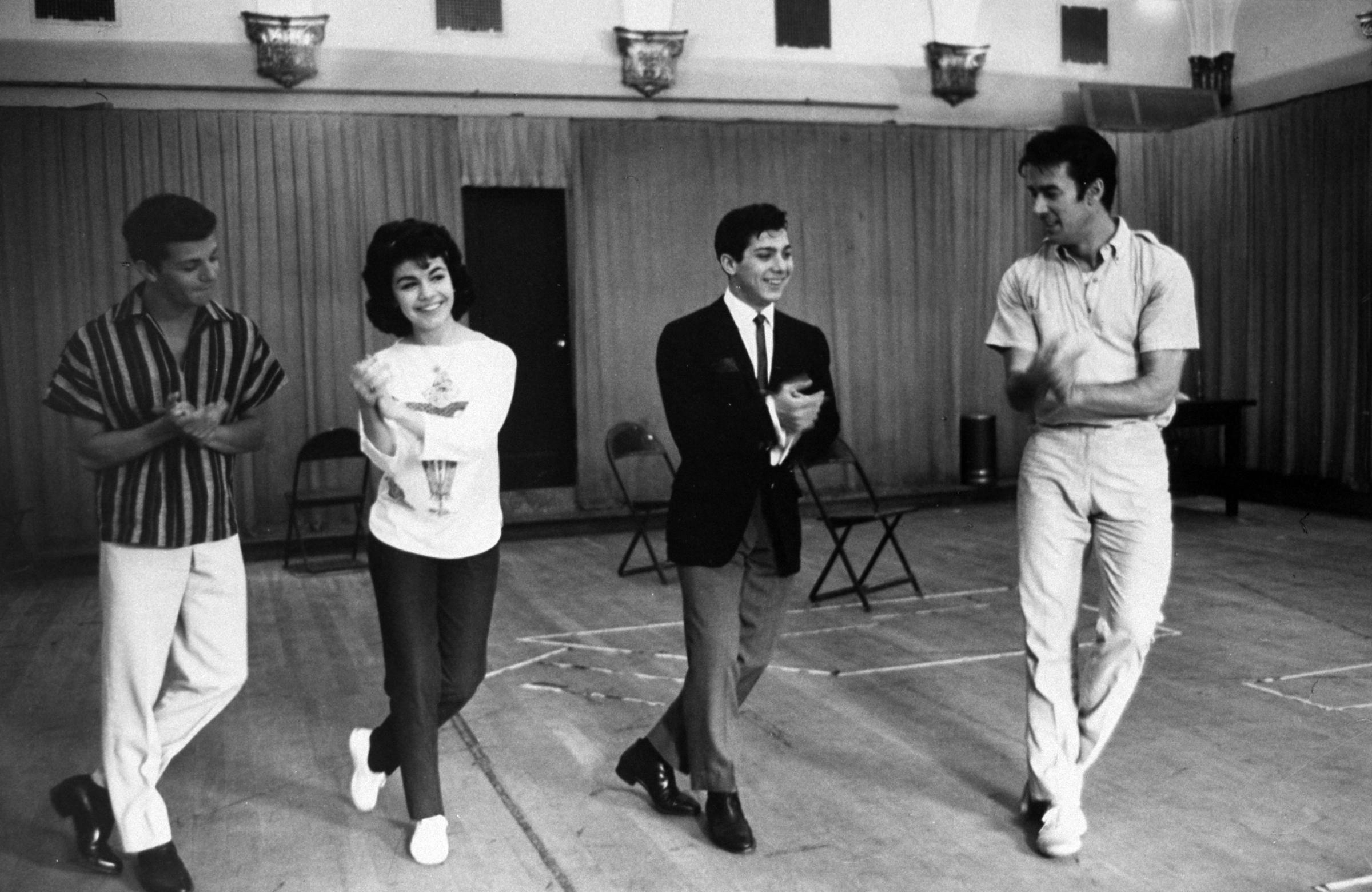
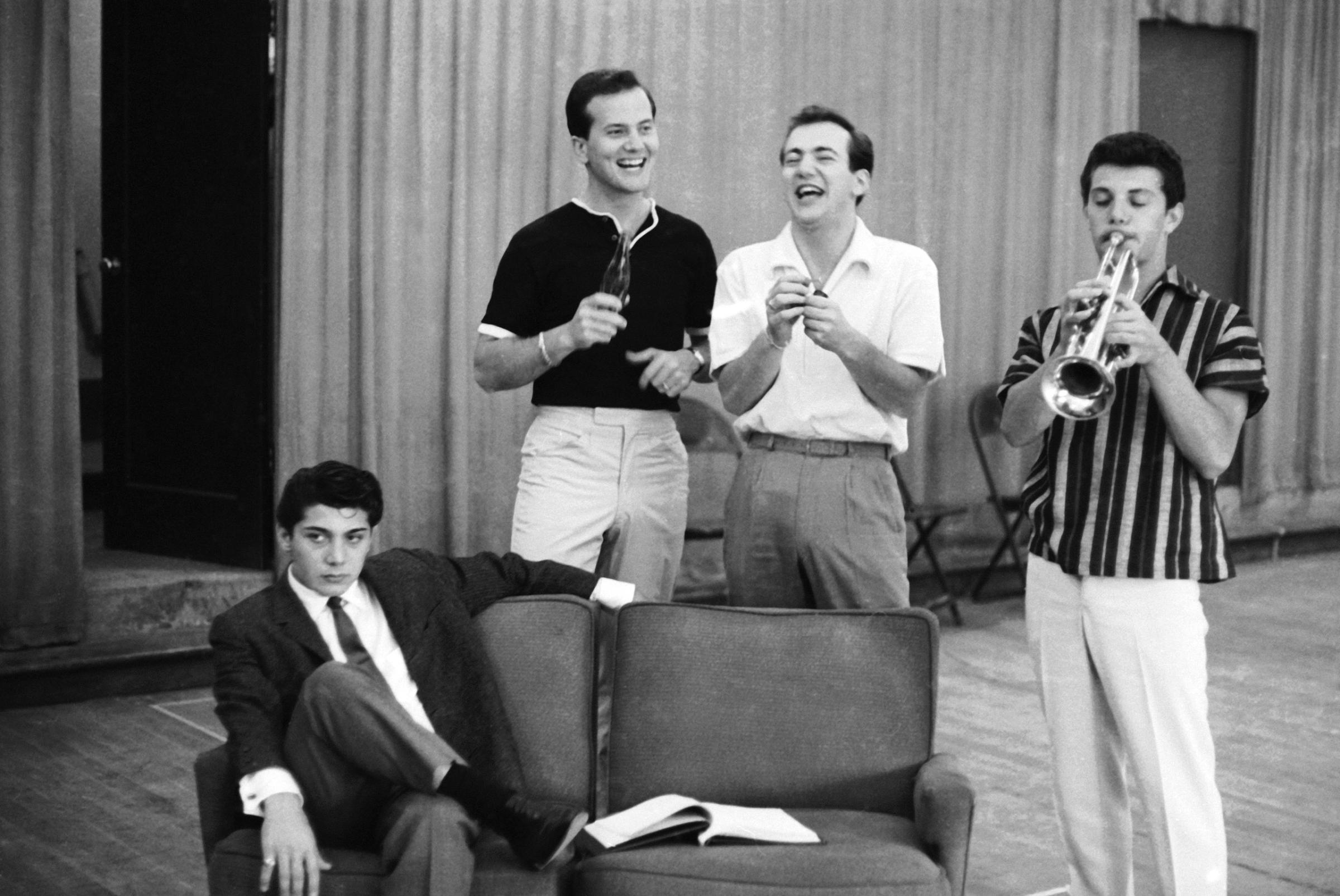
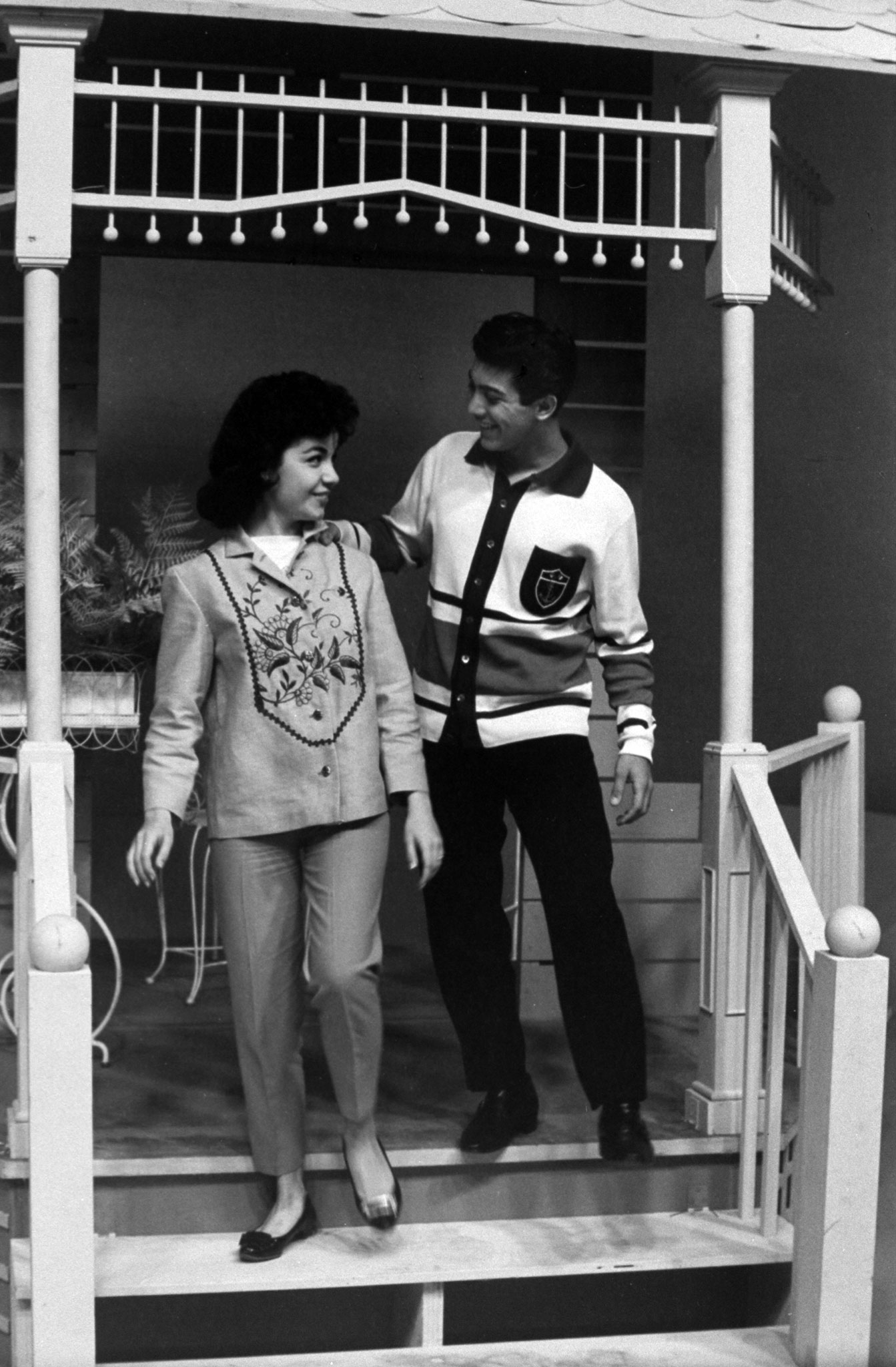
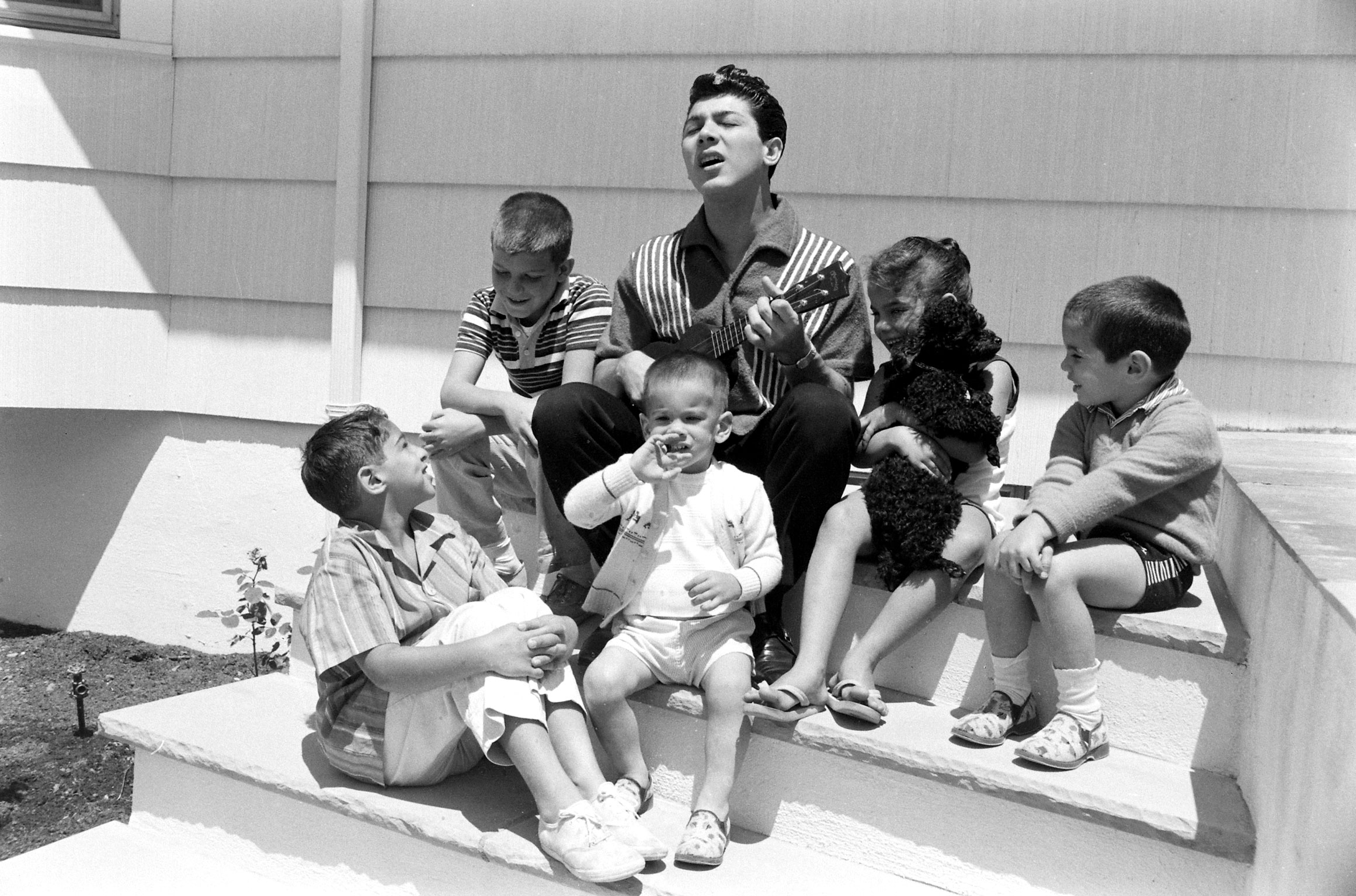
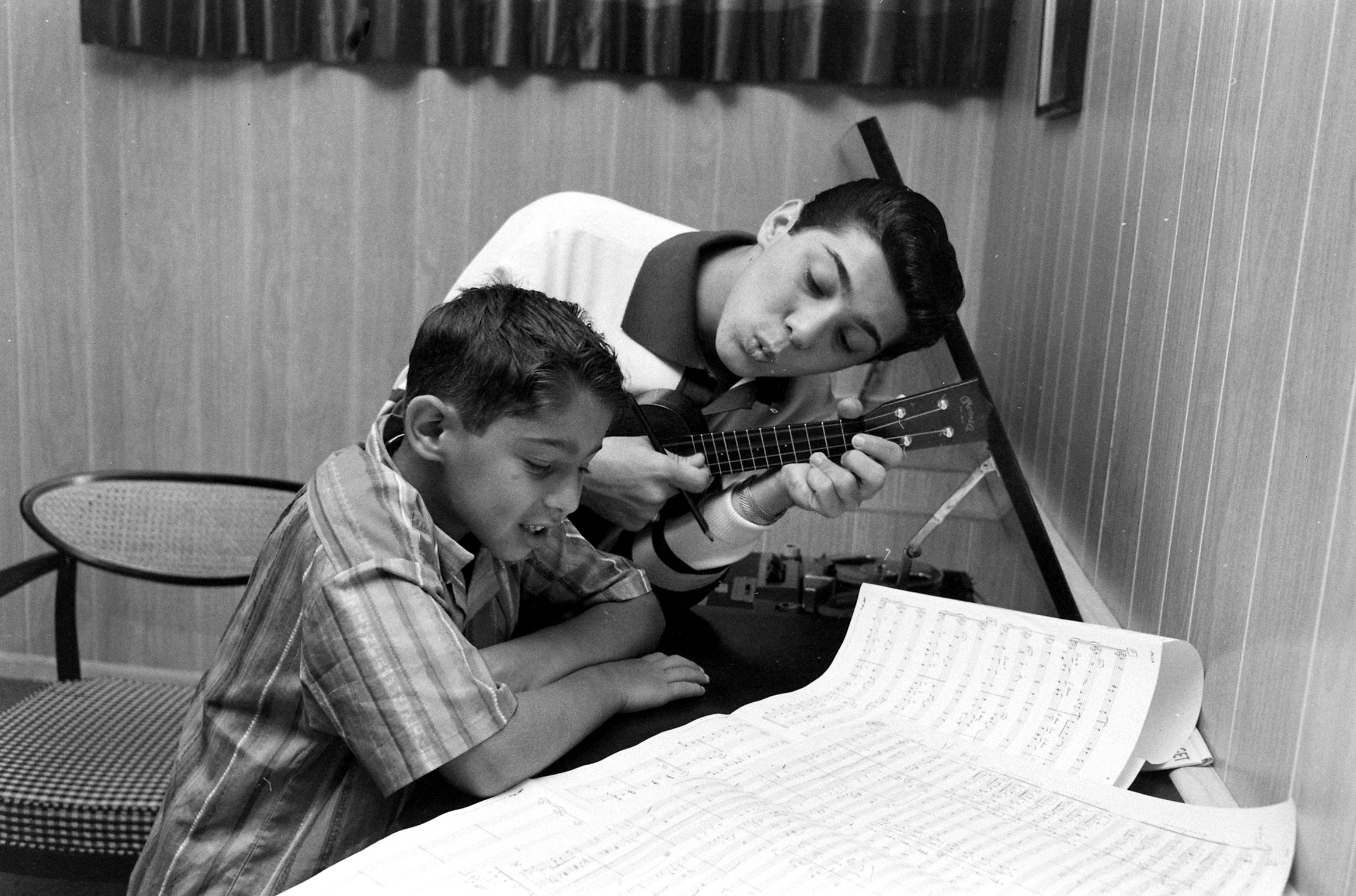

More Must-Reads from TIME
- Donald Trump Is TIME's 2024 Person of the Year
- Why We Chose Trump as Person of the Year
- Is Intermittent Fasting Good or Bad for You?
- The 100 Must-Read Books of 2024
- The 20 Best Christmas TV Episodes
- Column: If Optimism Feels Ridiculous Now, Try Hope
- The Future of Climate Action Is Trade Policy
- Merle Bombardieri Is Helping People Make the Baby Decision
Write to Eliza Berman at eliza.berman@time.com